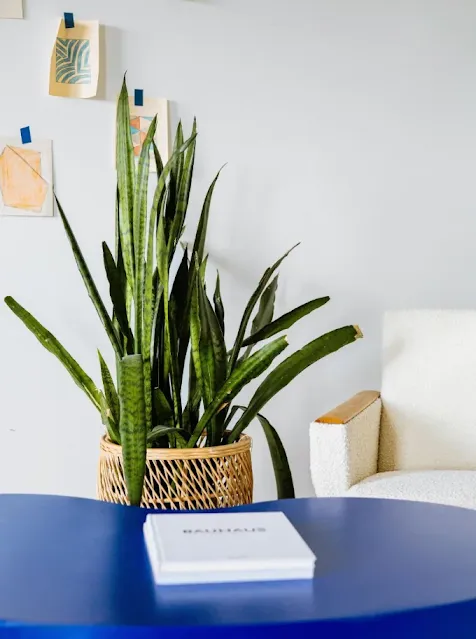n our homes are sometimes overheated as soon as the outside temperatures drop, some green plants wither. However, some plants know how to adapt to the dry winter air. Focus on these essentials for the coming winter!
In winter, while outside the temperatures are slowly dropping, inside, the heaters are running high. The result? Homes are sometimes overheated and humidity levels are very low. For a healthy home, Ademe (the Agency for Ecological Transition) recommends a humidity level of between 40 and 60%. A rate that is perfectly suited to most of our houseplants, which originate from tropical and humid areas. But, very often, in winter, the air in our homes is too dry, the fault, in particular, of the heating. Which plants to adopt in such conditions? We forget the ferns that would not survive but also the cacti which certainly like dry air but which, in winter, need to be placed in cold and dry. Prefer the 5 beautiful green plants that we have selected for you: they will withstand the dry winter air without flinching. However, avoid placing them near radiators and be careful not to overheat your home.
Sansevieria, the indestructible green plant that tolerates the dry air of our interiors
Better known by its name "mother-in-law's tongue" (a reference to its long, sharp leaves), the sansevieria is part of the gang of indestructible houseplants. Indeed, the Sansevieria is not difficult: it likes bright rooms but adapts to partial shade and is not afraid of dryness, neither in its pot nor in the ambient air.
It must be said that thick leaves provide it with a good water reserve! Water sparingly, especially in winter, when the sansevieria is dormant: watering every 15 days or every month should be enough.
Aloe vera, the succulent that never thirsts
Native to the Mediterranean region, aloe vera is unsurprisingly a succulent plant that resists the dry winter air. Place your aloe vera in a bright room and water only once a month (in winter, aloe vera is dormant) with room temperature water.
Note that most succulents (crassulas, haworthias or echeverias) will be able to adapt to the dry air of our homes. Indeed, they have the ability to make water reserves in their fleshy leaves and therefore go through, without too much difficulty, periods of drought, in their natural environment as well as in our apartments.
The beaucarnea, the small indoor tree that is not afraid of the dry winter air

The beaucarnea recurvata, also known as "elephant's foot" or "bottle plant" (all images to evoke its swollen trunk), is a very original small indoor tree. In its natural environment, in Central America, the beaucarnea flourishes to a height of about ten meters. Indoors, it keeps more modest dimensions and does not exceed 1 meter in height. Its thick, rounded trunk serves as a water reserve: it therefore resists, in Mexico as well as in your home, hot and dry air.
The Beaucarnea is very easy to care for: it appreciates bright locations and moderate watering during the winter. Let the soil dry out between 2 waterings.
Yucca, the tropical plant that is not afraid of the dry winter air.
The dashing yucca is easily recognizable, with its broad trunk and slender leaves. The good news is that yucca has not stolen its reputation as an easy plant: it is robust and even appreciates the dry and warm air of our interiors in winter.
Offer it a bright location (but without direct sun) and very moderate watering (let the substrate dry out well between 2 waterings).
Kalanchoe, the flowering plant that is not afraid of dry air.
Kalanchoe is also a succulent plant. It has the particularity of blooming from autumn to the end of winter, covering itself with colourful, red, white, purple or pink flowers, at a time when flowers are rare.
It is resistant to diseases, parasites but also to heat and drought. It is therefore not afraid of forgetting to water or the dry air of our winter interiors. Water in moderation while waiting for the soil to dry on the surface between 2 waterings. In winter, 1 or 2 waterings per month are usually enough.





